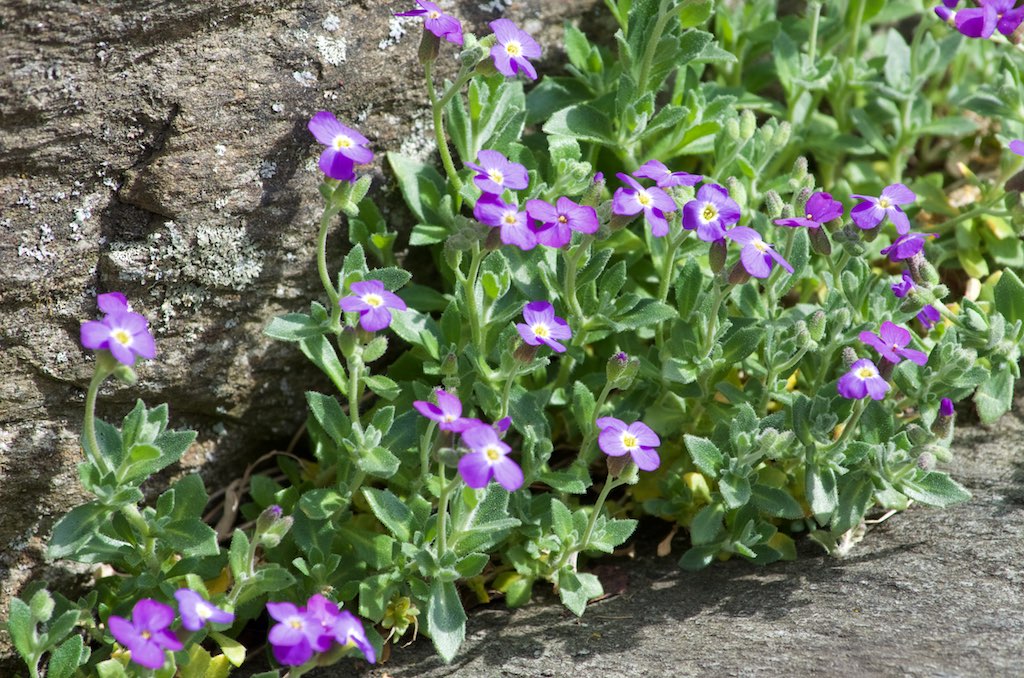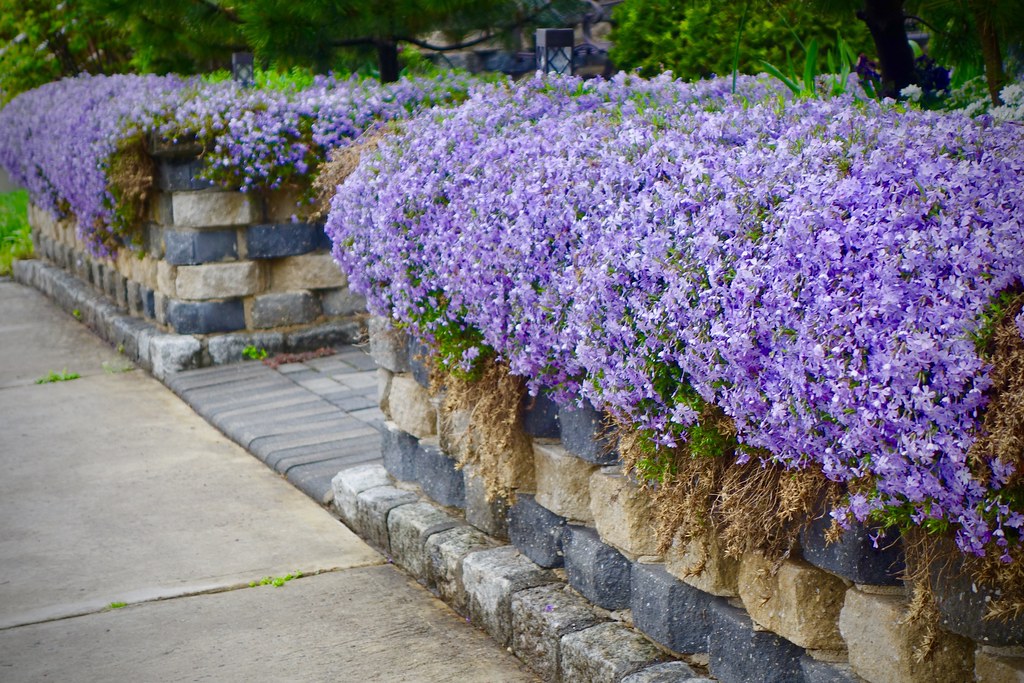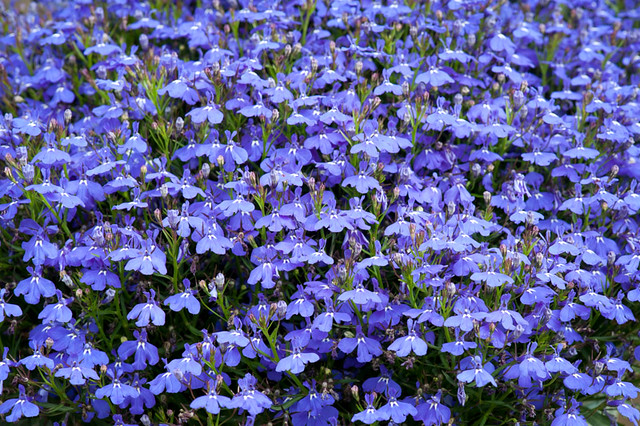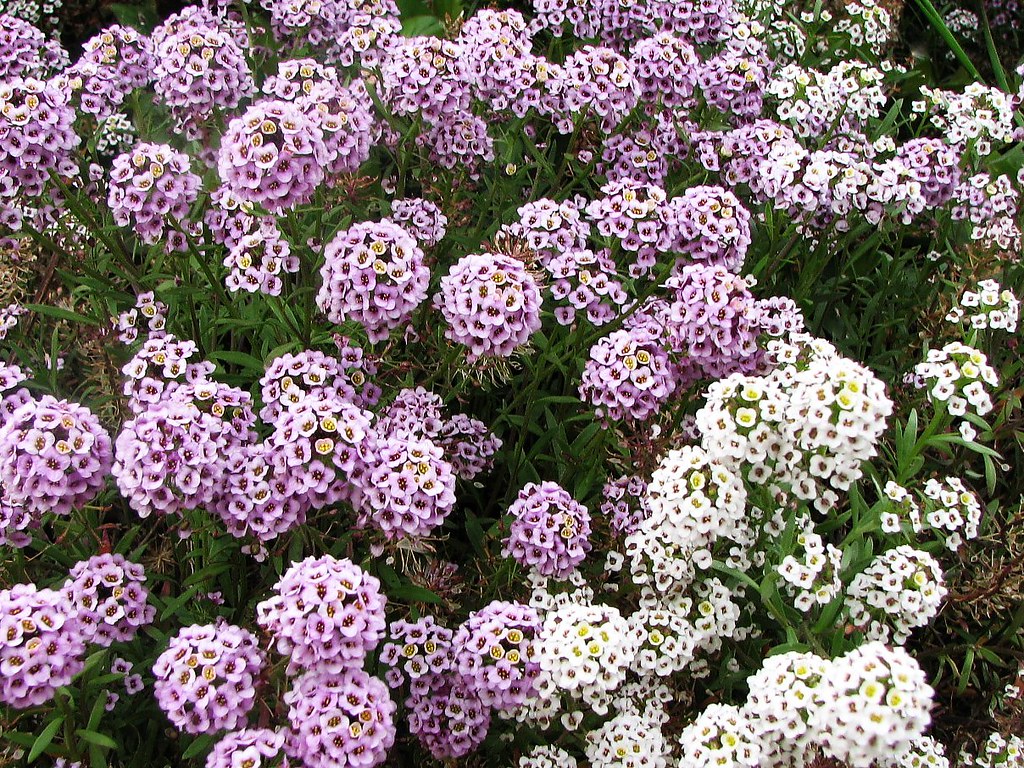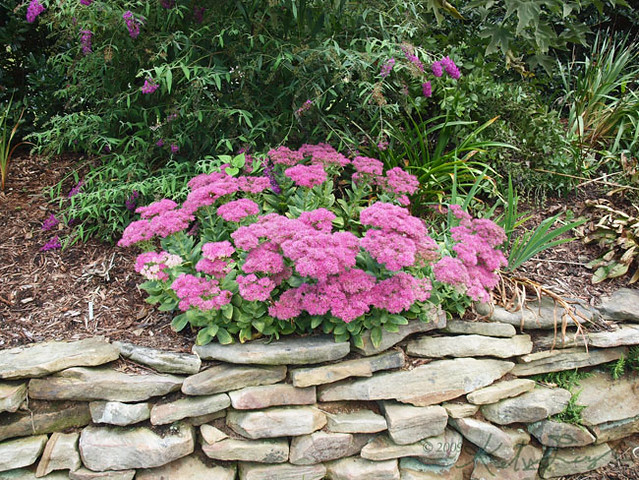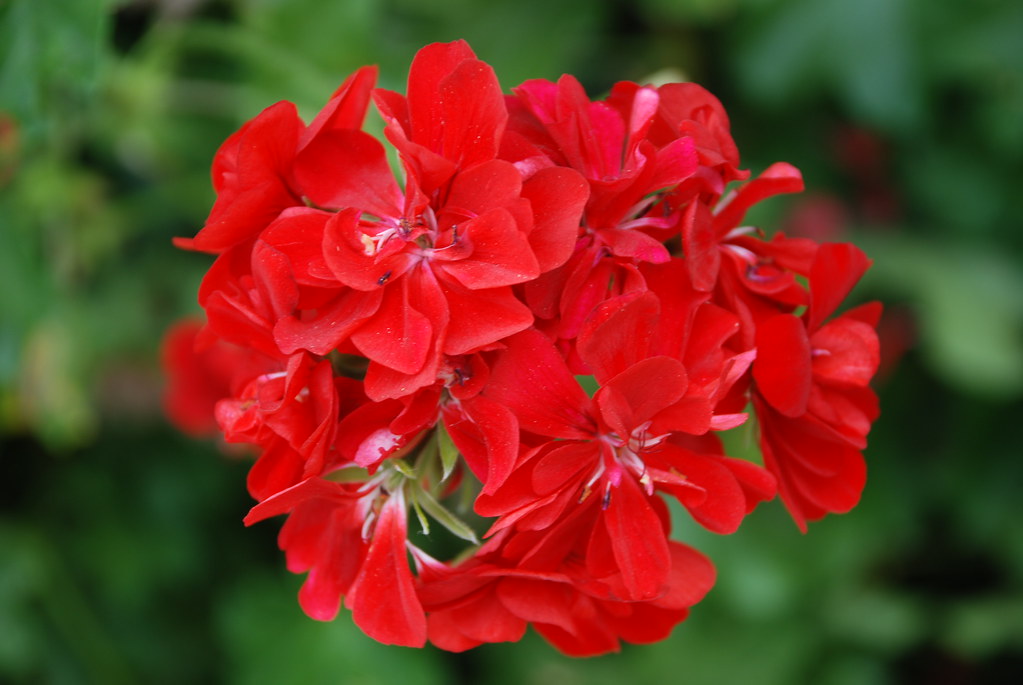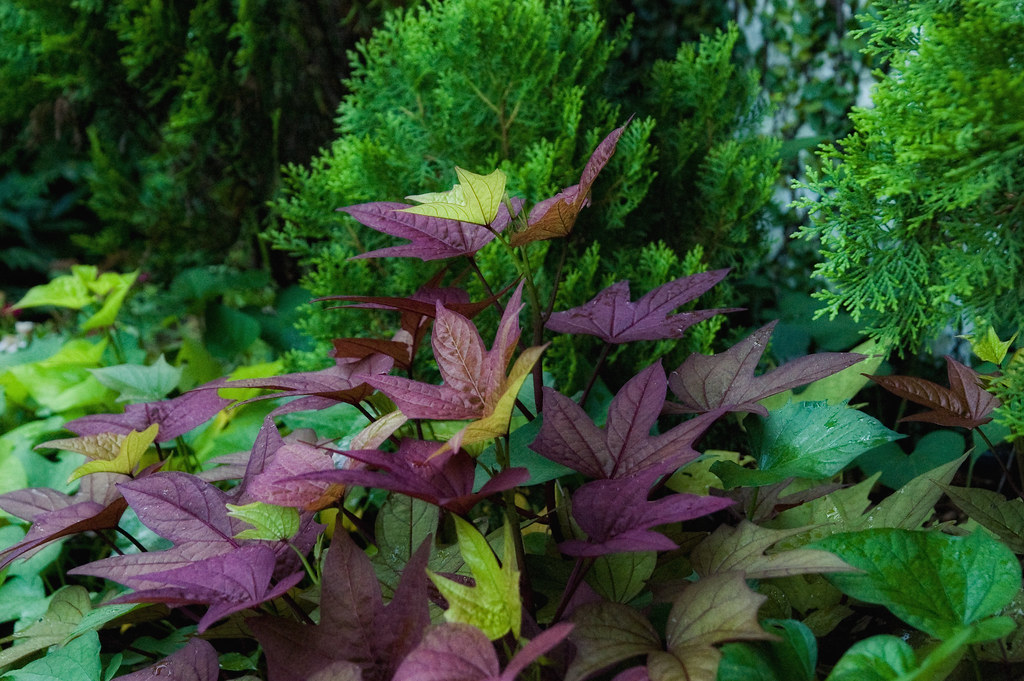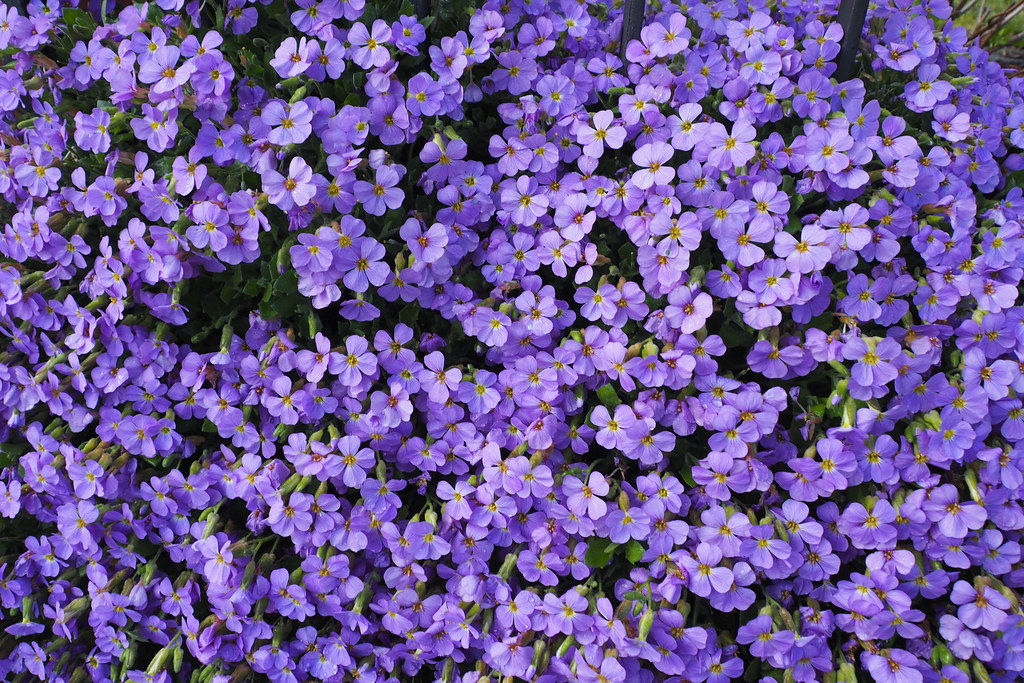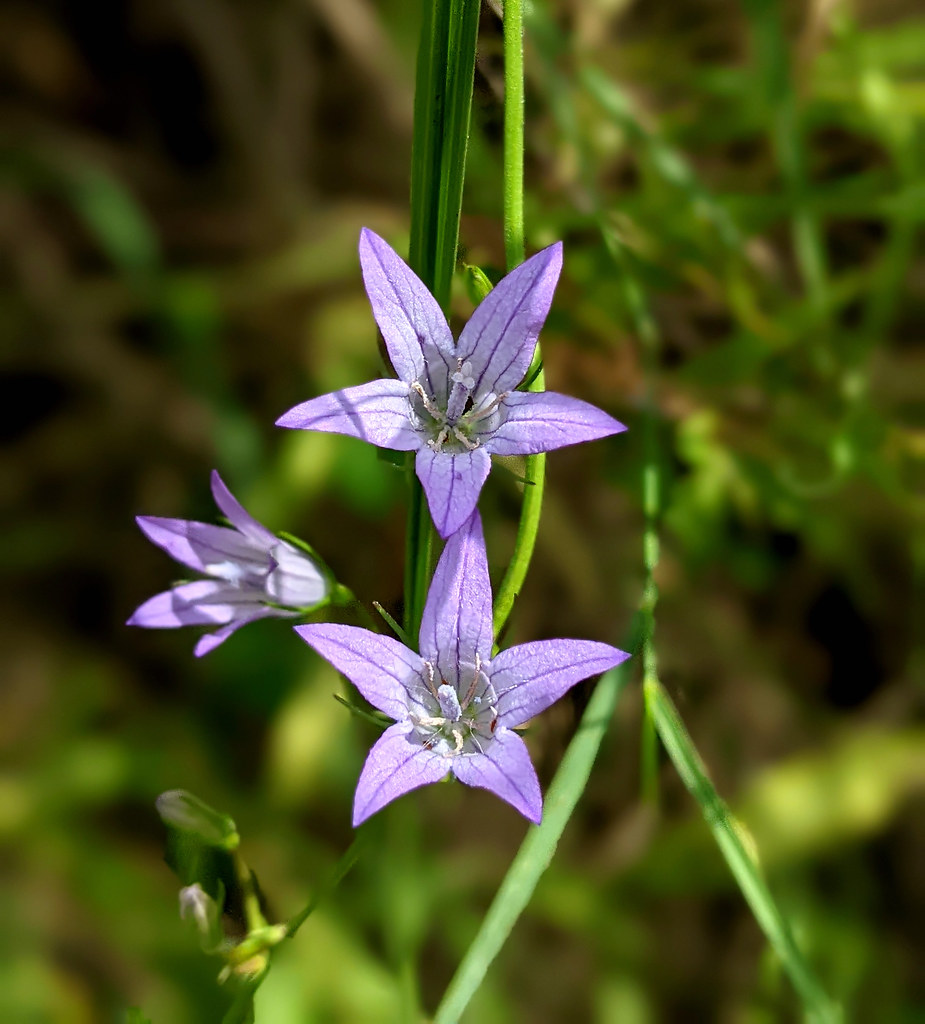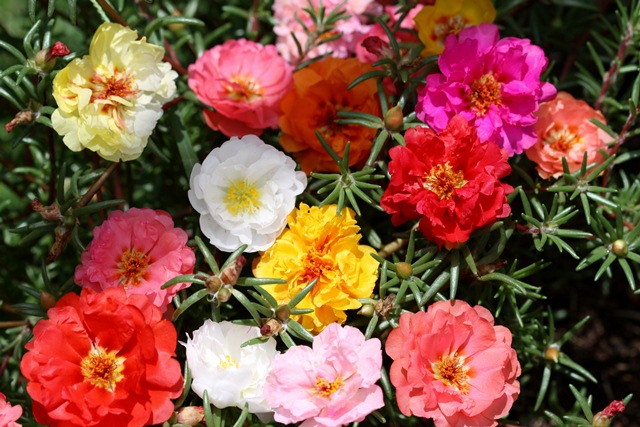If you’re looking to add some natural beauty to your retaining wall, you’ll want to consider planting a few eye-catching flowers that thrive in such environments. The good news: There are numerous options available, from colorful perennials to hardy annuals that can withstand various conditions. These selections not only grow well in the unique setting of a retaining wall but also bring a splash of color and life to what might otherwise be a plain structure.
Rock Cress
The perennial rock cress comes in a variety of colors, including purple, pink, and white. It thrives in USDA hardiness zones 4 through 7, preferring full sun. Though it does need occasional watering, especially during dry seasons, it is comparatively low-maintenance. Once established, Rock Cress is extremely drought-tolerant, making it a hardy option for rock gardens or borders. It prefers well-drained soil.
Creeping Phlox
Mid- to late-spring is when creeping phlox blooms, and it can last for several weeks. The colors of this perennial plant include pink, purple, blue, and white. It’s hardy in zones 3 to 9, making it quite adaptable to various climates. Creeping phlox needs moderate watering and well-drained soil for best development. It brings vibrant activity to any garden by drawing butterflies and bees.
Trailing Lobelia
An extended display of color is produced by the versatile flowering plant known as trailing lobelia, which blooms from late spring to early October. It needs regular watering, especially during dry seasons, and enjoys moist, well-drained soil. It grows beautifully in hanging baskets and containers and is best cultivated in full sun to light shade. In most areas, trailing lobelia is an annual that is valued for its ability to draw pollinators such as butterflies and bees, thereby increasing garden biodiversity without having a strong scent.
Alyssum
Hardy and resilient, lyssum flowers bloom for a long time, from spring through fall. It can withstand some shade, but it prefers full sun. Alyssum prefers well-drained soil, and it needs occasional irrigation to stay healthy. It draws pollinators, such bees and butterflies, and comes in a variety of colors, including white, pink, and purple. Not only is this low-maintenance plant resistant to deer, but it also looks great in gardens.
Stonecrop (Sedum)
The stonecrop, or Sedum, blooms in a variety of colors, including pink, red, yellow, and white, mainly from midsummer to early October. It is tolerant of some shade but grows best in full sun, so it can be used in a variety of garden settings. Once planted in well-drained soil, stonecrop is a hardy perennial that needs little care. The plant is a dependable option for areas where wildlife is likely to browse because of its resilience to deer.
Ivy Geranium
Ivy Geraniums provide a long-lasting spectacle as they bloom from late spring to early fall. They come in various colors, including red, pink, white, and purple. For optimal growth, these flowers prefer full to partial sunlight. They require well-drained soil and need moderate watering—ensuring the soil remains moist but not waterlogged. Ideal for attracting pollinators, Ivy Geraniums can draw in butterflies, adding life to any garden.
Sweet Potato Vine
The Sweet Potato Vine, known for its variety of colors including lime green and deep purple, thrives in full sunlight but can also tolerate partial shade. It needs regular watering to keep its lush foliage, and it favors soil that drains well. Because it requires little care, this annual plant can be grown by both inexperienced and seasoned gardeners. Although it’s not particularly well-known for drawing pollinators, its dense foliage provides visual interest and ground cover in gardens.
Aubrieta
A perennial that does best in full sun and alkaline, well-drained soils, is aubrieta. It has a variety of hues as it blooms in the spring, including as purple, pink, and blue. Because aubrieta is hardy in USDA zones 4 through 9, it can be grown in a variety of climates. This low-maintenance plant is a useful addition to many gardens because it is not only appealing to bees and butterflies but also resistant to deer and rabbits.
Campanula (Bellflower)
Bellflower, or campanula, is a plant that blooms from late spring to early October and offers long garden enjoyment. For best growth, this perennial plant requires partial to full sun. Bellflowers need regular hydration, but they also need soil that drains well to prevent root rot. Bellflowers are a great addition to any garden environment because they attract bees and butterflies and maintain local pollinator populations.
Moss Rose (Portulaca)
The drought-tolerant Moss Rose (Portulaca) grows best in full sun and needs little irrigation. In temperate countries, this plant is usually grown as an annual and prefers sandy, well-drained soils. The blooms are available in a variety of hues, such as orange, pink, yellow, red, and white. It is reasonably easy to cultivate in regions that are suited because it requires little upkeep and can self-seed.
